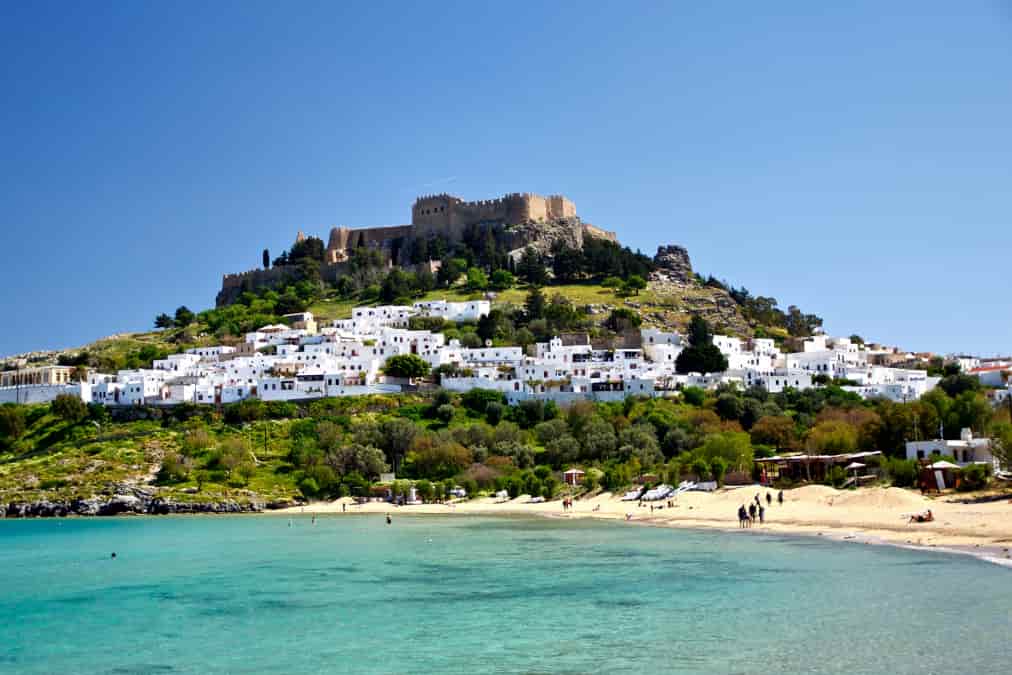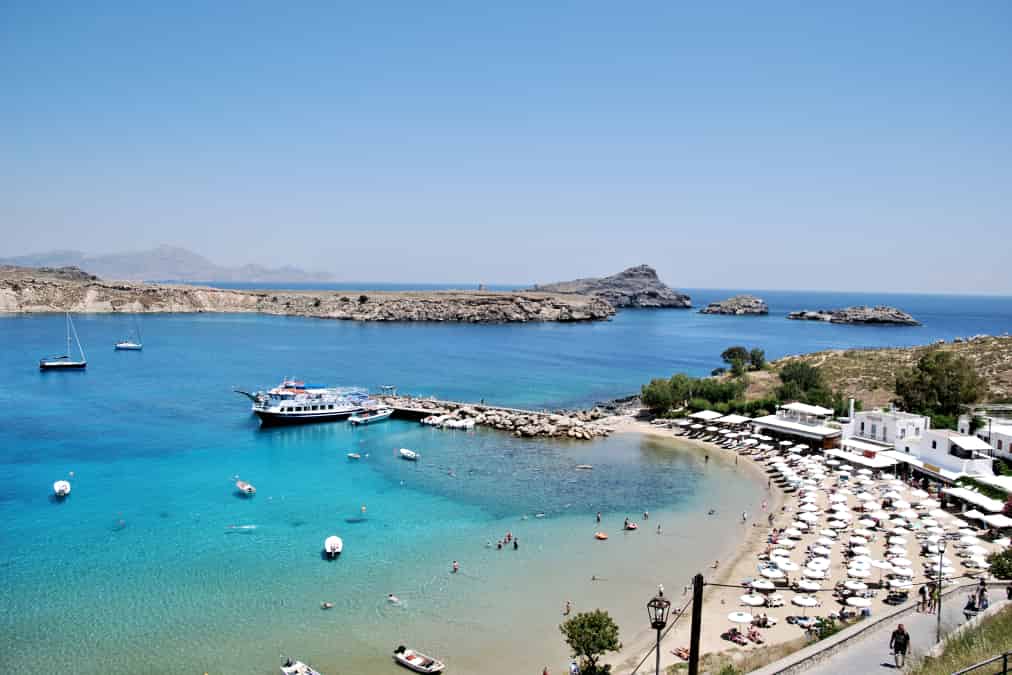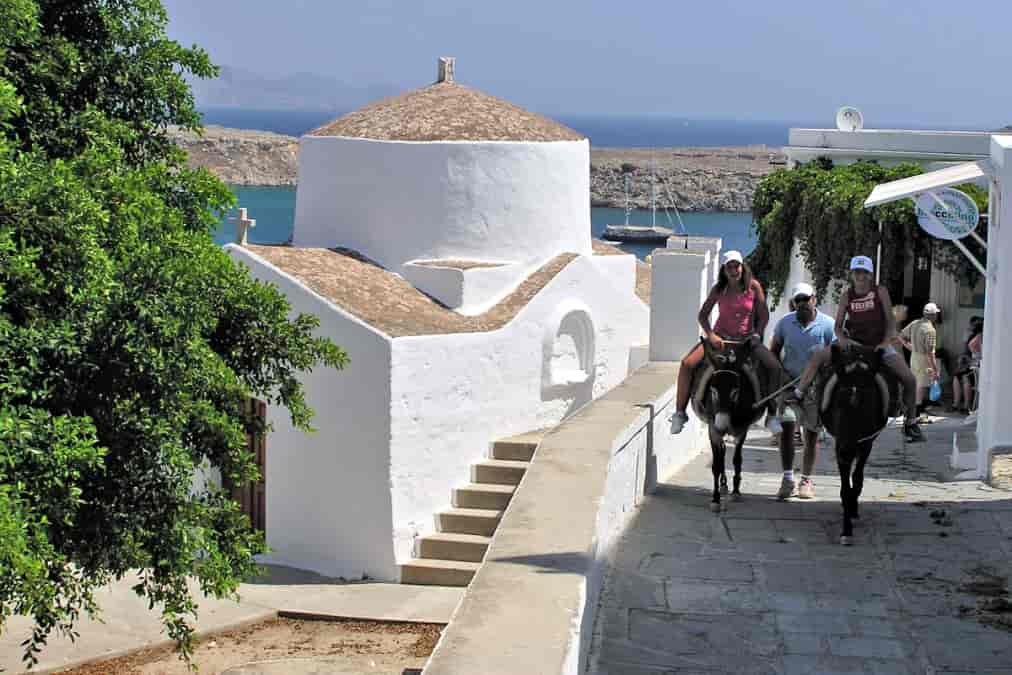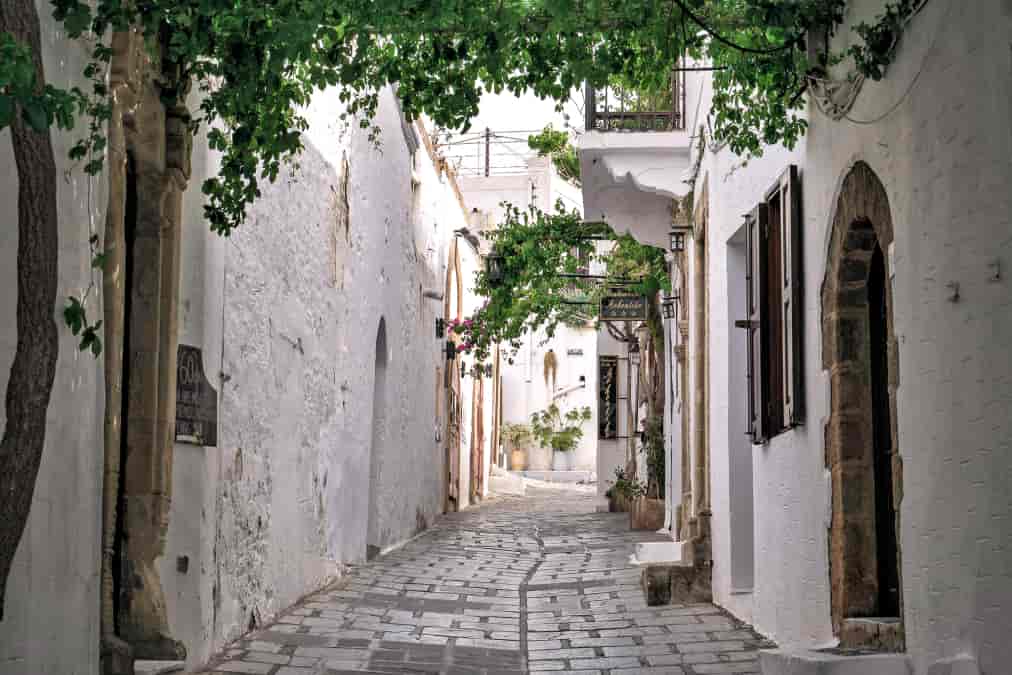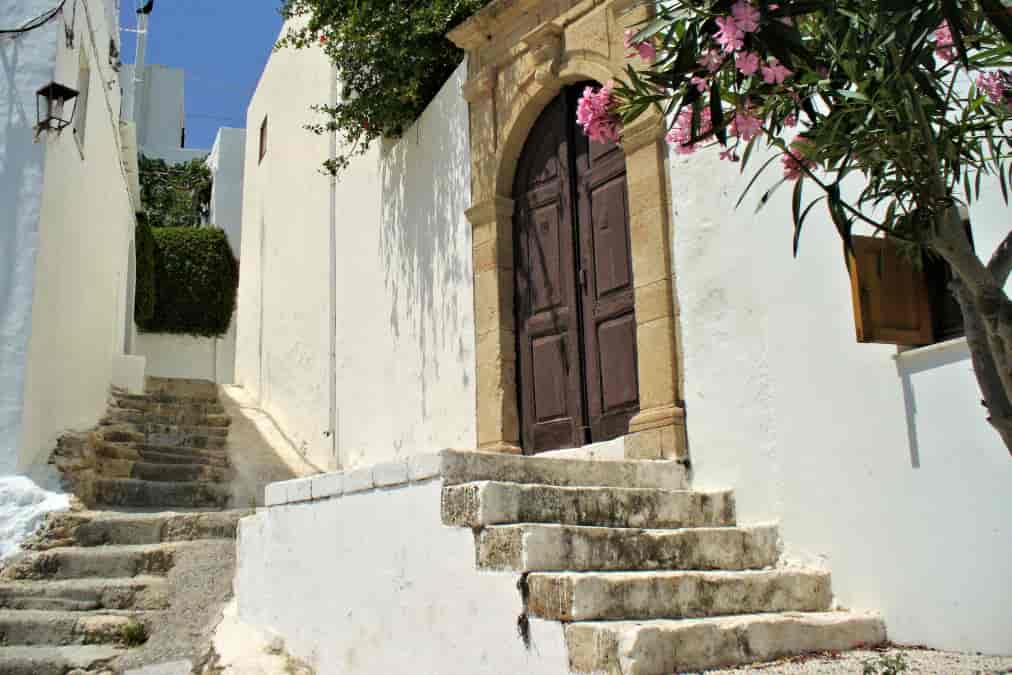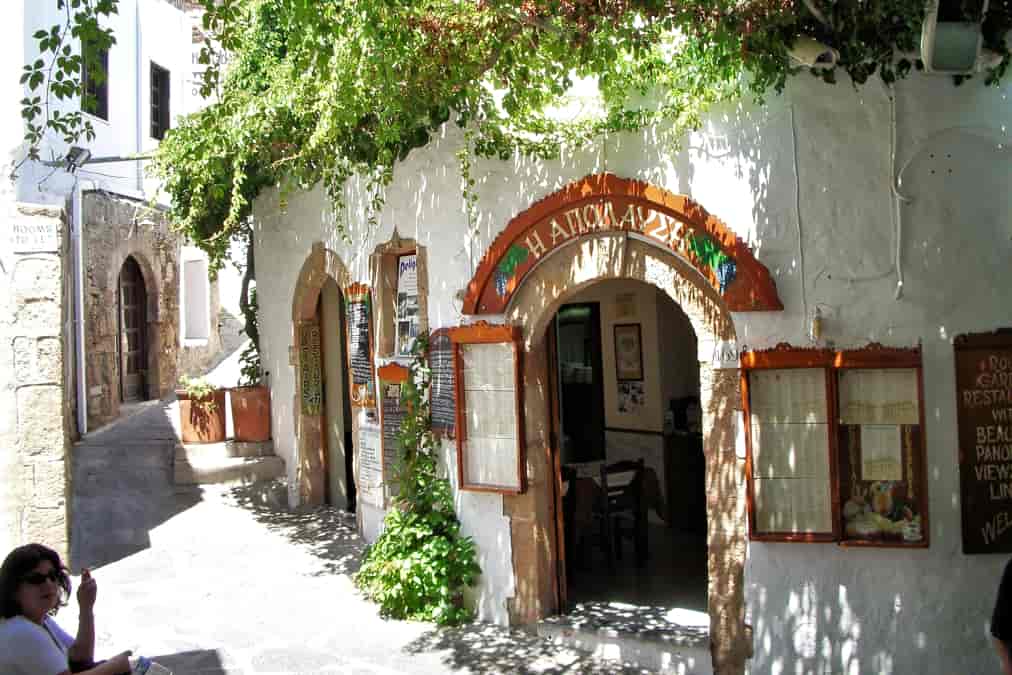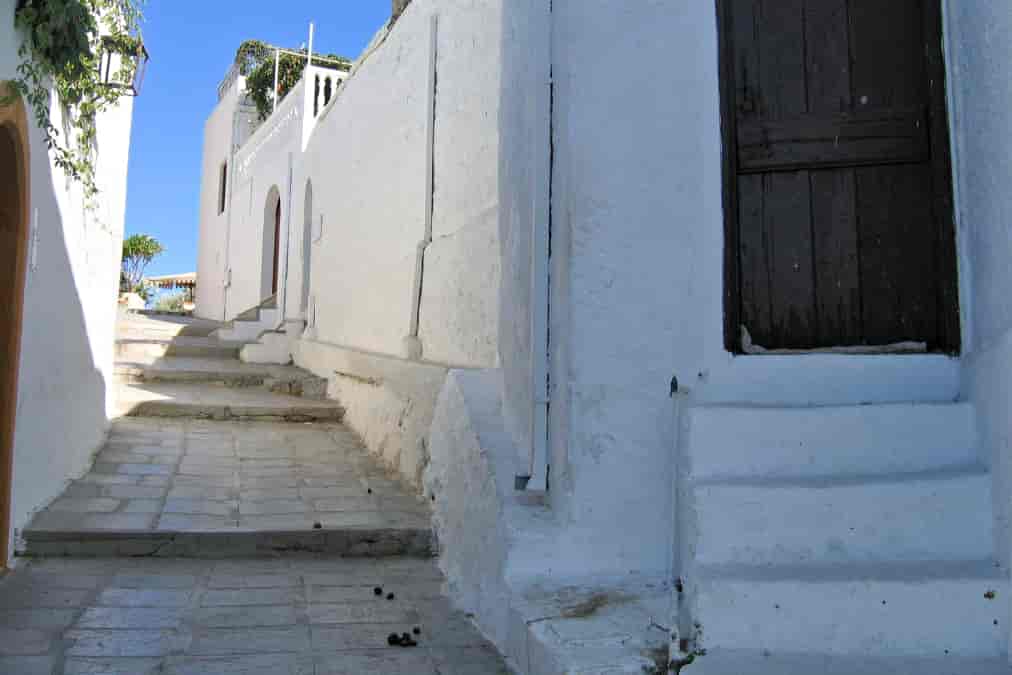Casino Rodos is an entertainment complex featuring over 300 slot machines and table games, including roulette, stud poker, Texas Hold’em poker, blackjack, and punto banco.
The casino is inside the Grande Albergo Delle Rose – a magnificent structure built in 1925-1927. However, the original façade of the edifice did not survive. The 1925 design combined Byzantine, Arabian, Ottoman, and Venetian architectural features, giving the building a monumental aspect that rivalled to many other famous hotels of the time.
In 1936, the new Governor of the Dodecanese, Cesare Maria De Vecchi, Conte di Val Cismon decided to renovate the hotel in “rurale”-style, which is the current aspect of the façade. Inside, however, Casino Rodos S.A. revived the former glory of the Grande Albergo Delle Rose, which now features a fine dining establishment, spa and hammam, suites, and other luxurious facilities and services.
Read More
Read Less
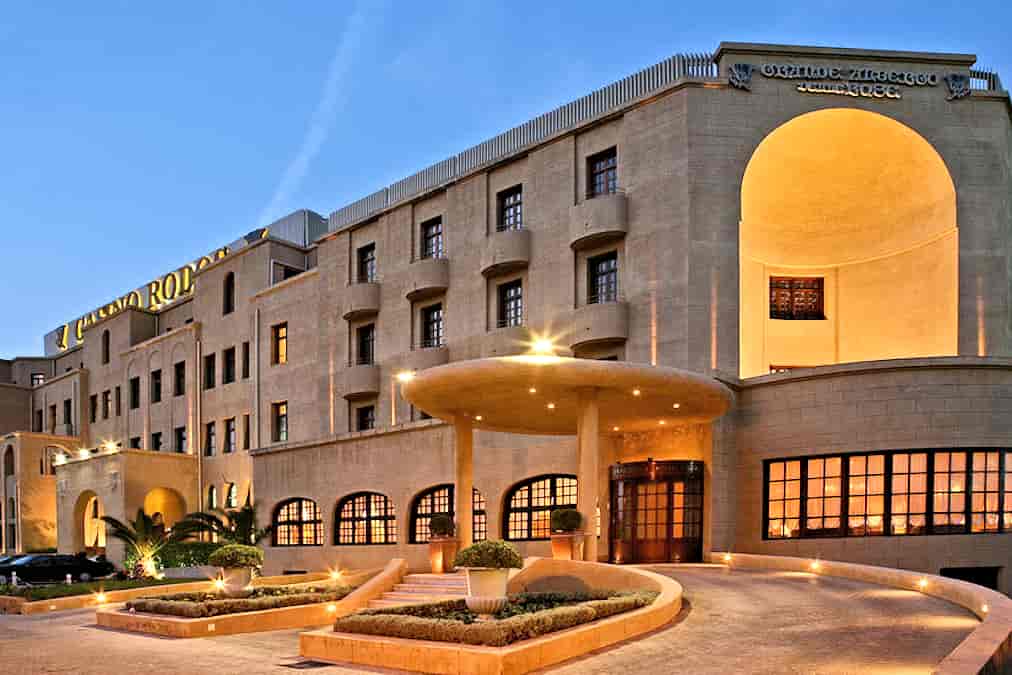
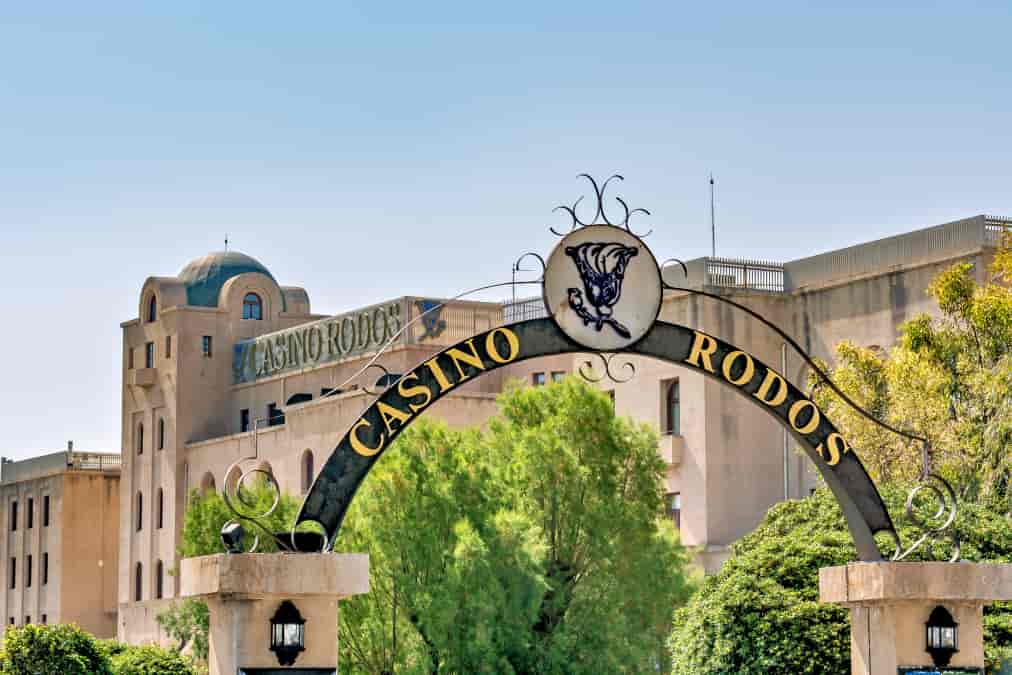
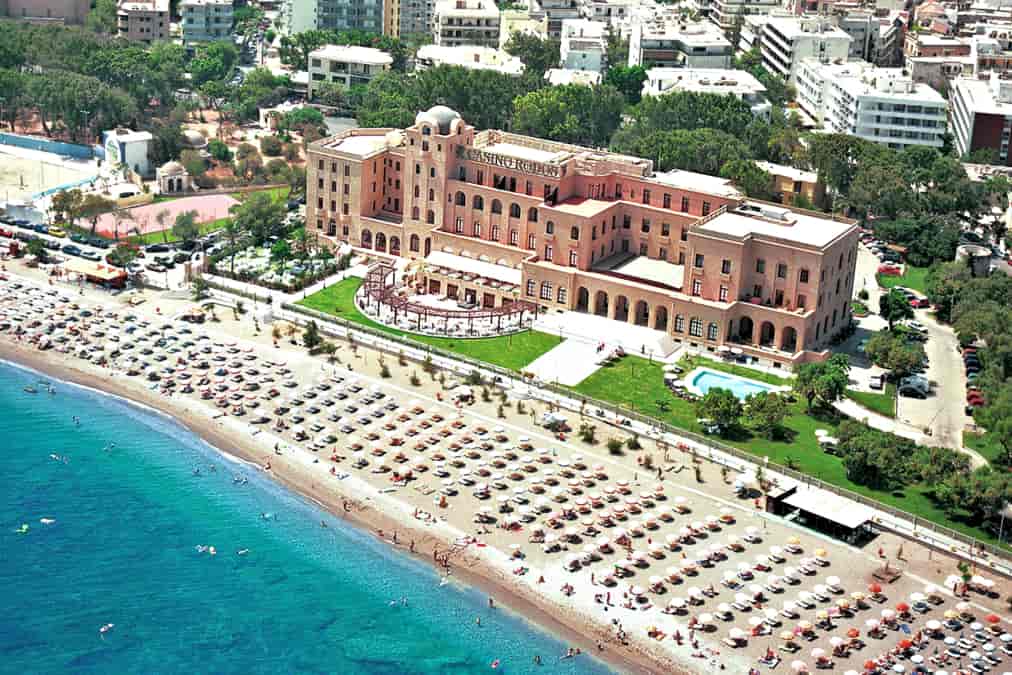
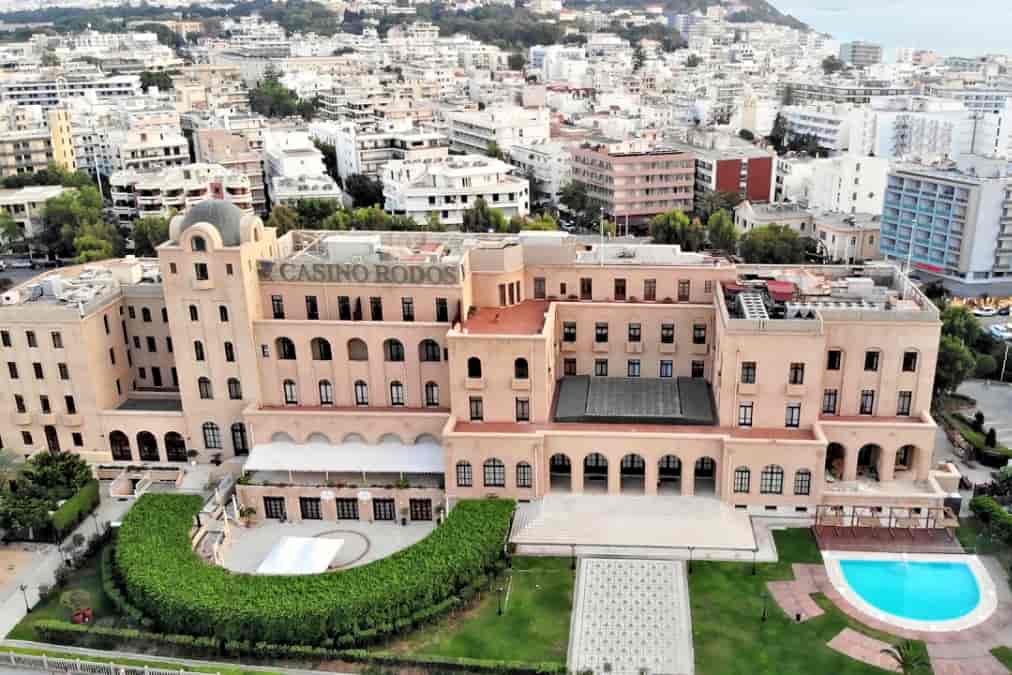
Gennadi is a small traditional hamlet in southern Rhodes, about 45 minutes drive from Leonardo Kolymbia Resort. It boasts typical village architecture, with whitewashed buildings, little mom and pop shops, and fountains with natural spring water that comes from the Pano Vrisi cave.
Although small, Gennadi has some noteworthy landmarks – St. John's Church dates from the 19th century, and it is dedicated to Agios Ioannis Theologos. It is an imposing structure, with whitewashed façade and a high bell tower. A second church, dedicated to St. Anastasia and dating from the 12th century can be found outside Gennadi, in the village cemetery.
The Olive Press Museum St. John Theologos in Gennadi is another interesting attraction.
The beach of Gennadi is separated from the village by the highway. It is a clean stretch of sand and pebbles, with a well-organised part where you will find sun loungers, umbrellas, showers, and tavernas; and a quainter side where you can enjoy sunbathing in a more intimate setting. There are not many watersports opportunities here, but you can go swimming, snorkelling, canoeing and kayaking, or rent a pedalo.
Read More
Read Less
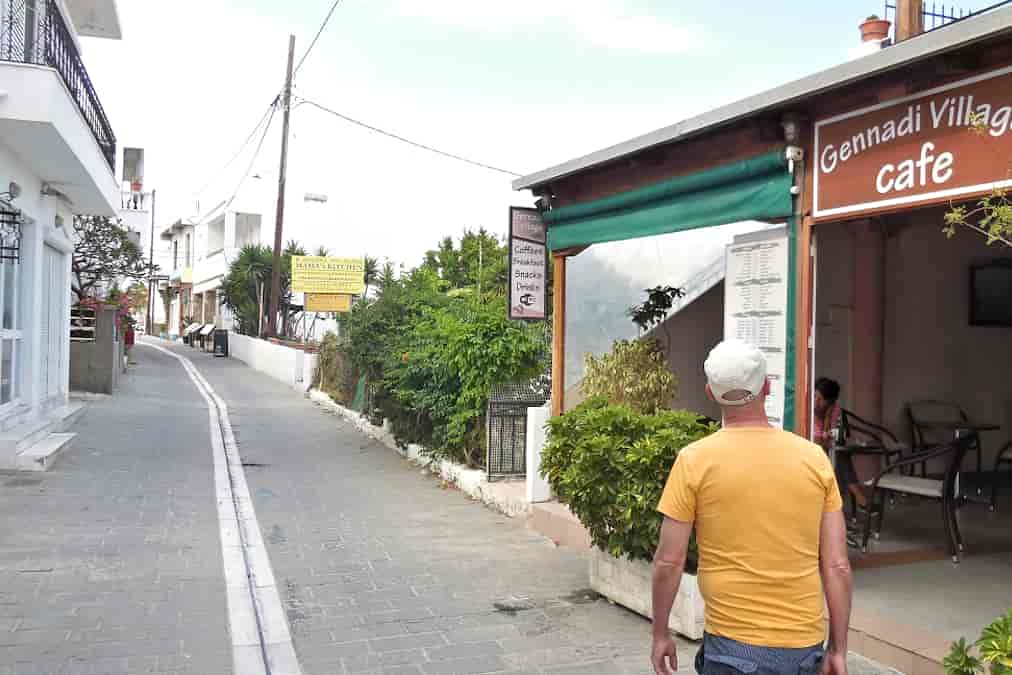
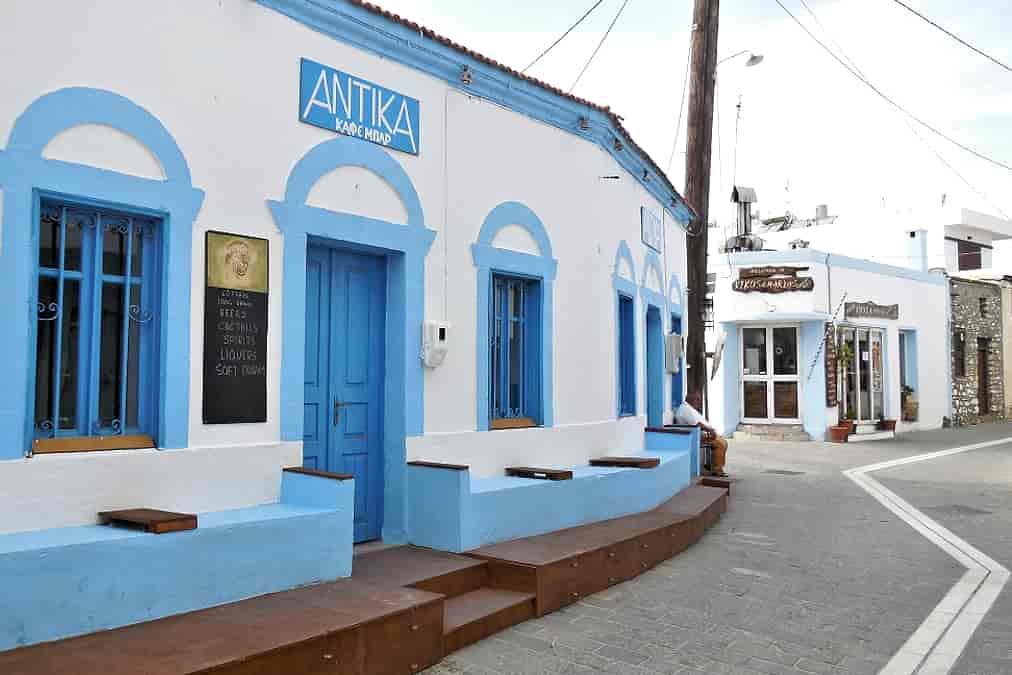
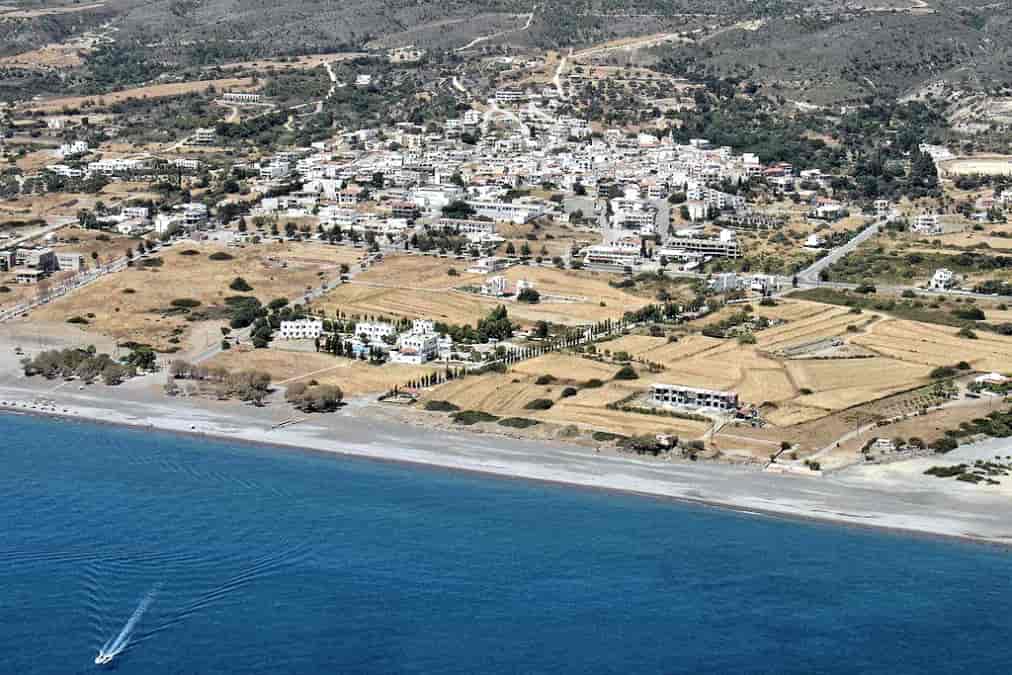
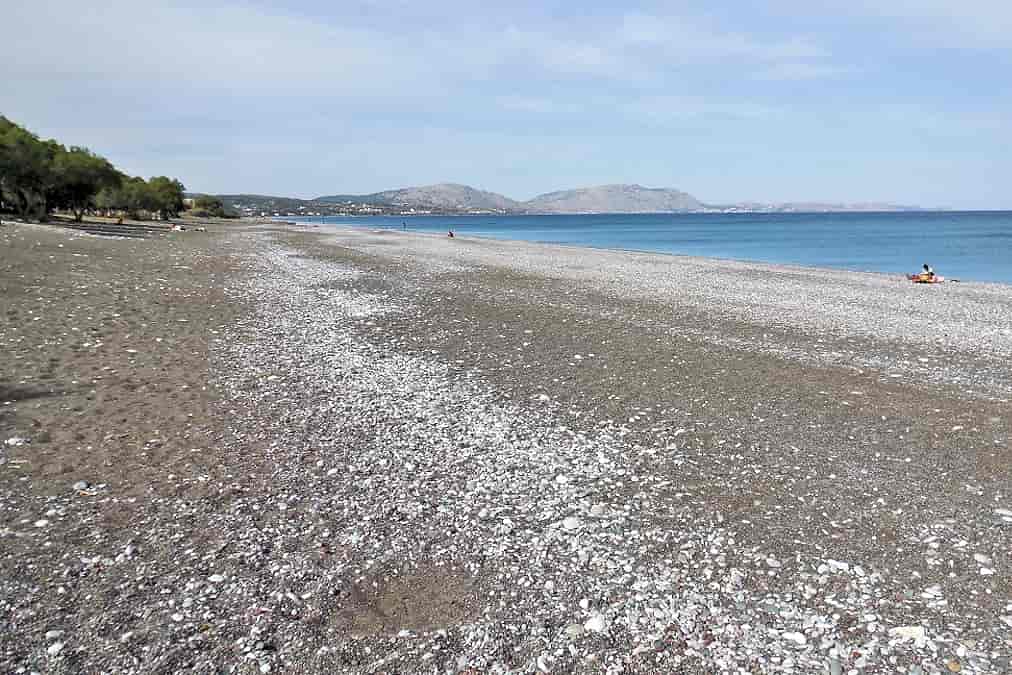
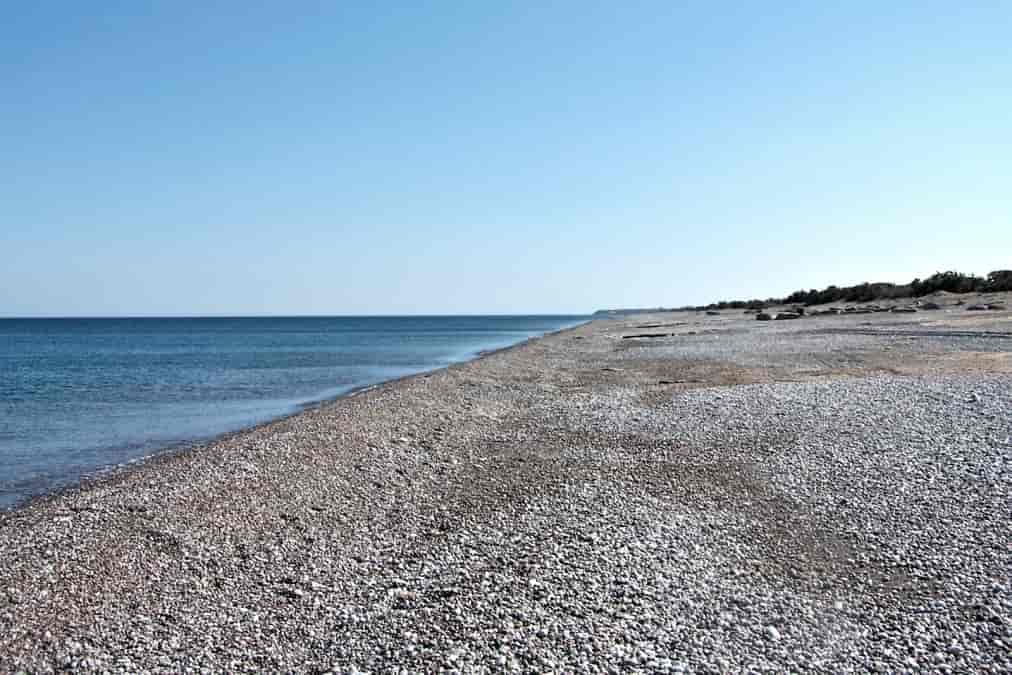
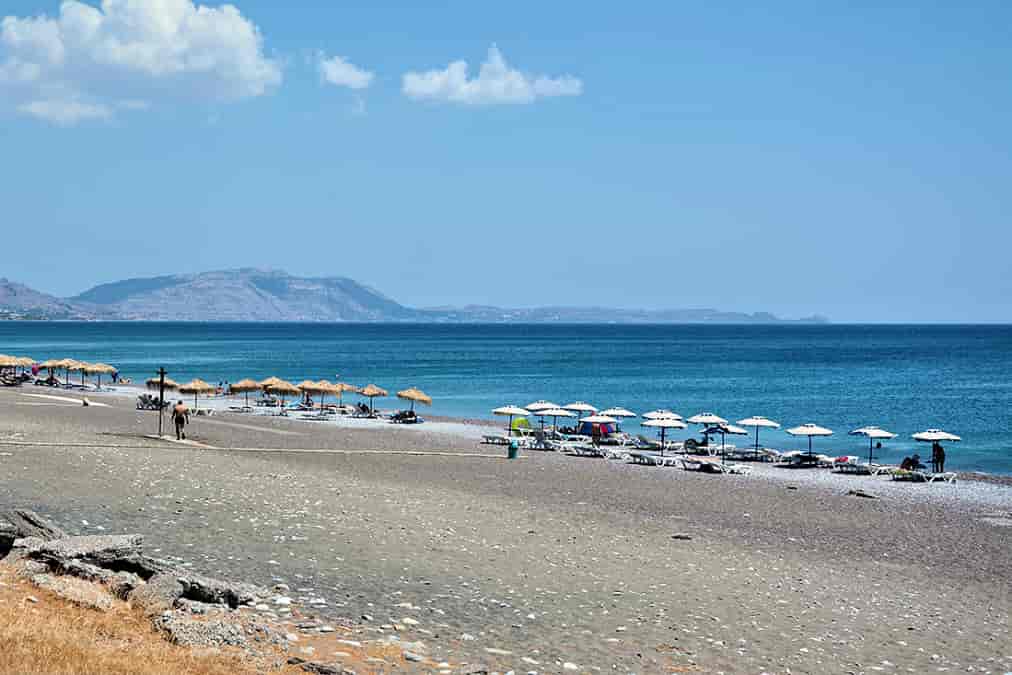
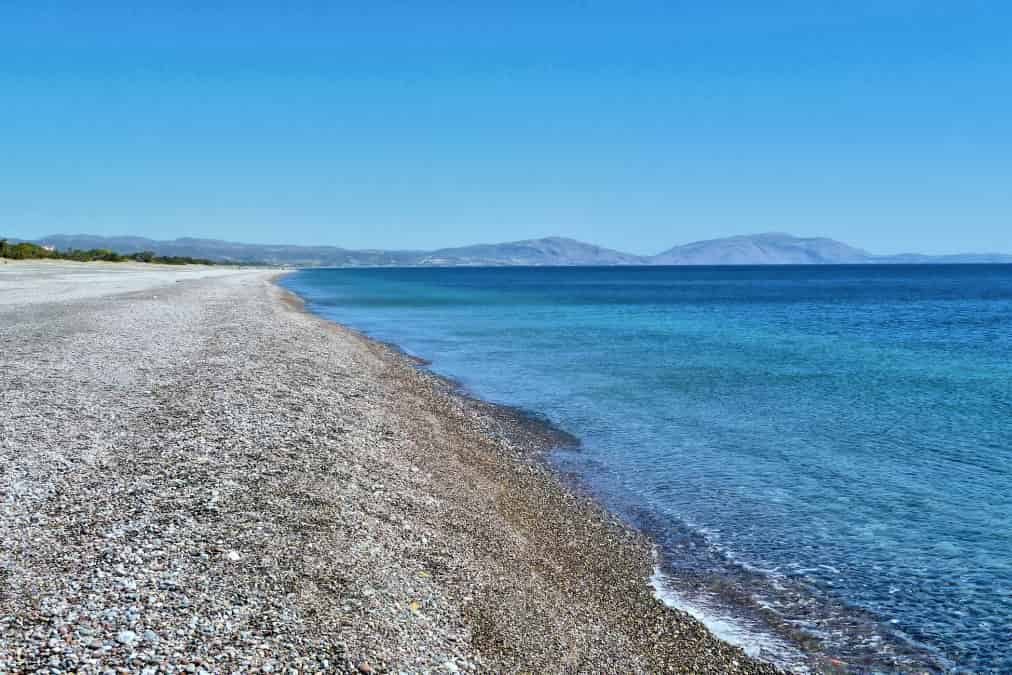
Pefkos was once a peaceful little fishing village, quaint and understated, sprawling along the coast of the Mediterranean Sea on the slopes of a pine-clad hill. In fact, Pefkos takes its name from the pines. The beguiling landscape, the peaceful atmosphere, and the idyllic beaches of this settlement attract mainly travellers who seek a haven away from the madding crowds.
Pefkos doesn’t offer a lot to sightsee, but its beaches are ideal for families with little children as they are less crowded compared to other beaches in Rhodes, and they have shallow, clean waters, safe to swim and play. There are some opportunities for water sports too – snorkelling, canoeing, riding the pedalos, and jet skiing are the most popular.
There are many bars, tavernas, and restaurants in the village, alternating with small boutiques selling all kinds of souvenirs and beachwear, and supermarkets that offer fresh seasonal produce, oil, wines, and other cupboard essentials.
Romantic couples will find Pefkos irresistible – the sunsets here paint the skies in magnificent orange tones.
Pefkos is just four kilometres away from Lindos, which is famous for its Acropolis and maze of narrow alleyways that form a unique urban landscape, enough to deserve hours of exploration.
Read More
Read Less
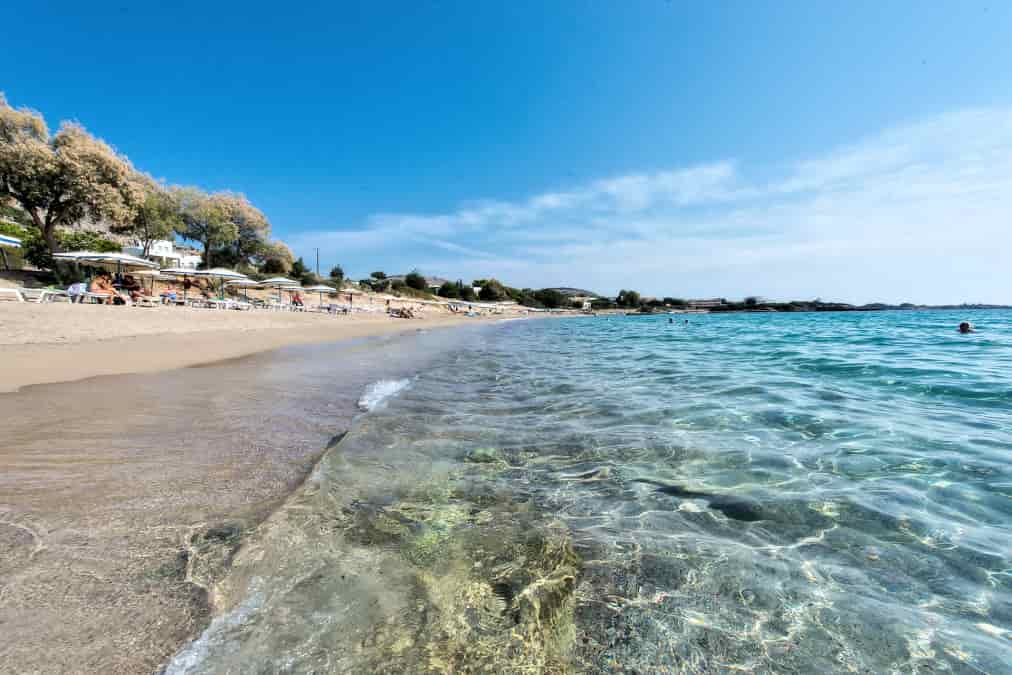
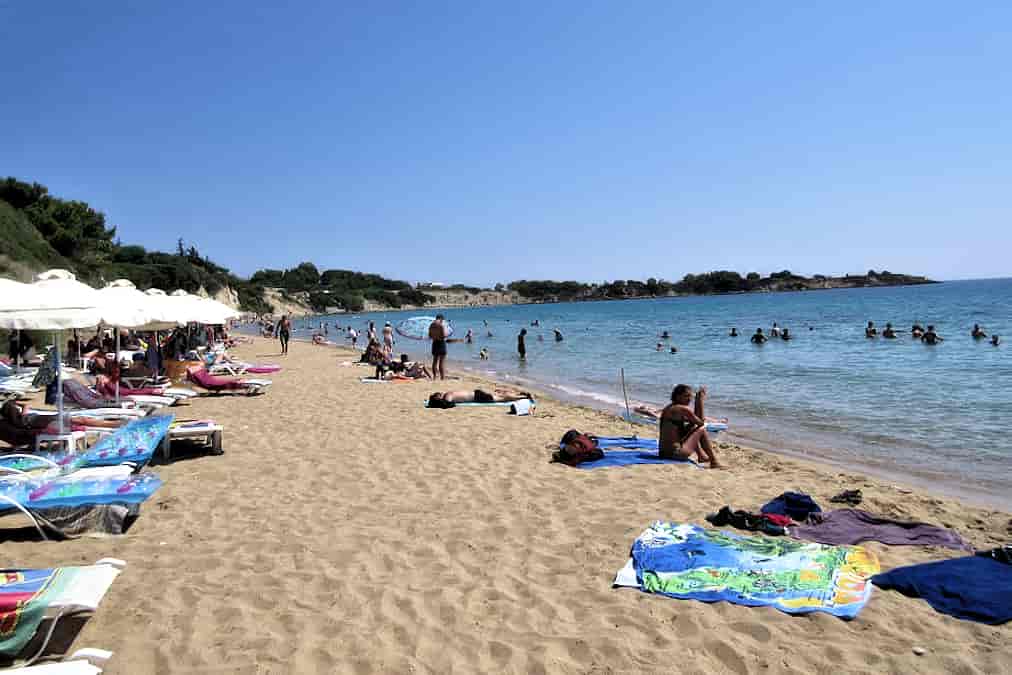
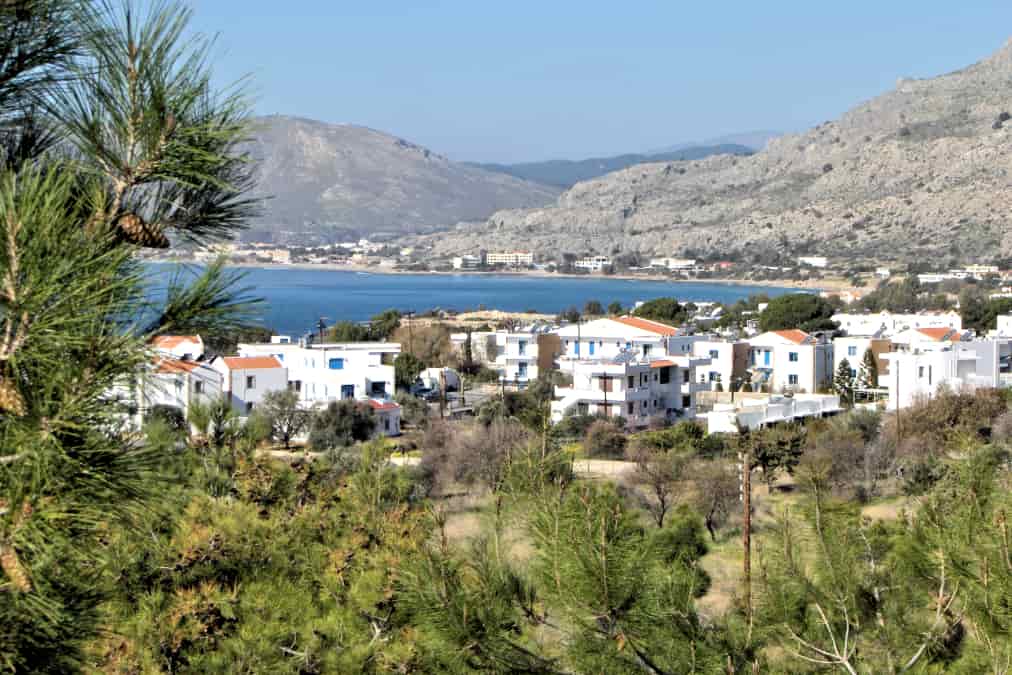
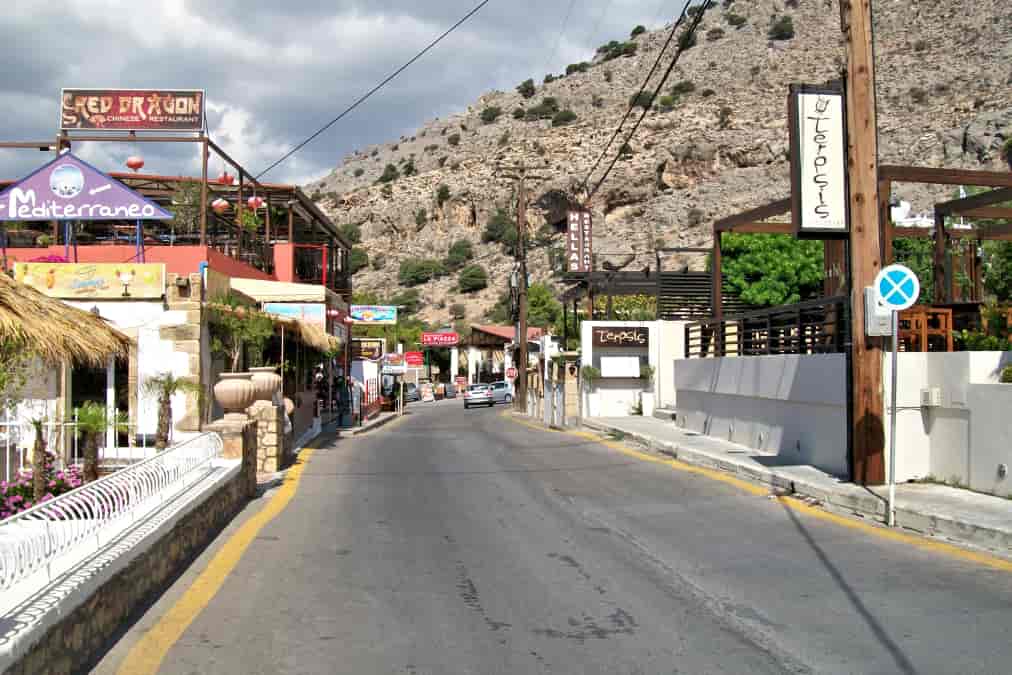

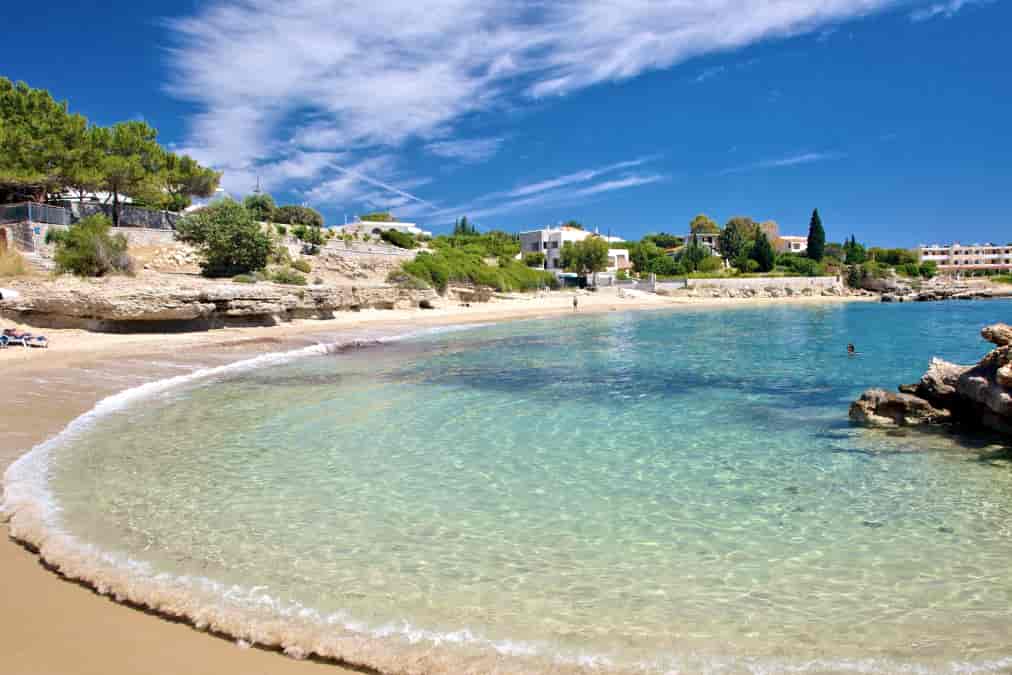
Lindos flaunts one of the most visited archaeological sites in Greece – the natural citadel on the acropolis, with some impressive features – enough to inspire director J. Lee Thompson to film here some of the scenes for the epic adventure film The Guns of Navarone.
The Acropolis rises above the village on a rocky hill. It’s a fantastic sight per se, but it extends even more beautiful views from the top, where the onlookers can take in the entire landscape of the bay with the glistening sea stretching out forever in the horizon.
The Acropolis has several points of interest for lovers of archaeology and history: an imposing Medieval gate right before the ruins of the Castle of the Knights of St. John, erected in 1317; higher on the rock, the Doric Temple of Athena Lindia, dating from 300 BC; the Hellenistic stoa from 200 BC; the Propýlea gates with their staircase from the 4th century BC and the Hellenistic walls surrounding the Acropolis.
The village of Lindos sprawls down towards the bay, and it’s a beguiling view from the top of the Acropolis. You will notice the maze of pathways and the colourful cubic homes that make the urban planning of the village a unique and noteworthy sight: the intent was to confuse pirates, and today, tourists have exciting adventures getting “lost” on the narrow alleyways that make the labyrinth of Lindos.
There’s plenty to see: medieval captains’ homes built around pebbled courtyards; splendid villas adorned with colourful flowers; quaint Greek Orthodox churches, including the Church of Panagia with its striking campanile tower; busy little cafes and tavernas; souvenir boutiques; jewellers; and sidewalk stalls selling fresh produce and local specialities of all kinds. Two other must-see attractions in Lindos are the Tomb of Kleoboulos and the Archokrateio burial site.
Lindos has picturesque beaches and a striking bay – Saint Paul’s Bay, where the apostle landed during a storm. St. Paul's Chapel on its shores is a beloved wedding venue.
Read More
Read Less
